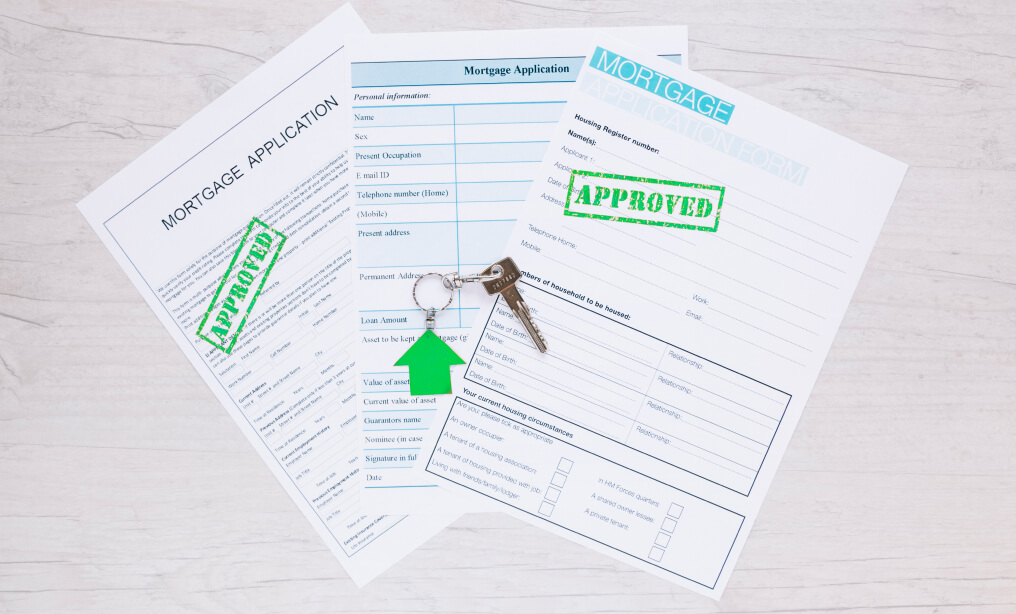Deed Write
Home > deed write
For properties including
Residential Plot
House
Flat
Commercial Plot
Commercial Shops
Industrial plot & Industry etc
Sale Deed
What is a Sale Deed?
A contract that executes the sale and transfer of ownership of immovable property from seller to purchaser in exchange for a consideration. When a sale is carried out with the objective of laying down guidelines, which are to be followed while processing the sale, it is a document created to execute the final purchase. The meaning of a sale deed is a legal and main document, that acts as evidence, that is executed at the time of sale and transfer. When you buy or sell property, the transaction should be carried out and duly signed between and by both the parties i.e., the Vendor and Purchaser. And it should be in the presence of at least two Witnesses. When executed, it should be registered under Section 17 in the Registration Act, 1908 within four months by the Sub Registrar. Thus, only with properly executed transactions, a sale can be completed.
The document is drafted by a legal draftsman adhering to all principal terms and conditions mentioned under the Transfer of Property Act to acquire a perfect title to the property that is being purchased as per the value prescribed by the stamp duty. Every state is accustomed to a predetermined value and is paid by the Buyer.
The seller transfers the ownership to the buyer through a sale deed. The buyer exercises the following rights; when rights are transferred: –
• Right to Sell
• Right to Use
• Right to Lease or Mortgage
Advantages of a Sale Deed
It is an important instrument that allows you to carry out the sale of an immovable asset, that
transfers rights from one person to another is a lifetime. One cannot claim rights to any
property without a sale deed.
The benefits of the Sale Deed document are as follows:
- It is a legal document that is enforceable by law.
- It allows Sale transactions to be carried out in a stable and comfortable manner.
- It protects the rights of both parties involved in the contract
- It mentions clearly the rights and duties of the Purchaser and Vendor.
- It clearly defines and describes the property.
- A well-drafted deed can avoid ambiguity and minimize risks.
- The whole process of the sale is now stamped and registered.
What Should a Sale Deed Include?
The final deed should include these details:
Parties Descriptions: Name particulars, complete address, contact number, age, and occupation of both, the buyers and sellers.
• Property Description: Identity number, exact location details, property dimensions, and construction details, if any.
• Sale Agreement: An agreement is carried out mutually under the terms so that it won’t affect the rights of either party. And is executed before the sale deed.
• Clause: This states a declaration from the seller that the property being transferred is free from every encumbrance, litigation, and charge. The seller indemnifies the buyer of any pending charges.
• Pending Loan: The seller should settle a pending loan, if any taken with the concerned property as a mortgage, before proceeding with the sale.
• Right to Examine: The buyer can examine the documents related to the property before carrying out registration.
• Consideration: The price at which the transfer deal is finalized.
• Advance Payment and Mode of Payment: Should also mention details about the advance amount paid, if any and shall include receipt of sale transactions too. The price details should be mentioned in words and figures. The parties should decide the payment mode and other details.
• Passing of Title: The property title passes to the buyer. Once the title has been transferred, all rights are vested with the buyer.
• Possession by the Buyer: The Conveyance Deed should clearly mention the date of delivery of property to the buyer.
The Process of Getting a Sale Deed
A Sale Deed is to be registered compulsorily as per the Registration Act,1908. To get a sale deed, the
the following process is involved: –
• Process 1 – A lawyer should be present to carry out a transaction and a detailed analysis
• Process 2 – Proper information to be mentioned wherever necessary
• Process 3 – After all the information has been collected, the Lawyer will start working on your document-related matters.
• Process 4 – within a few days, you would get a draft from your lawyer
• Process 5 – evaluate and examine all the details provided. If any changes are to be done, then do inform the alterations to your lawyer.

What is Sale Deed Number?
After registration is completed, stamp duty and registration charges are paid. The payment slip mentions the number and on each page of the sale deed, there is a stamp by a government official. On the top right corner of every page, you can find your sale deed number.
The sale deed of land also includes-
Details of the buyer and seller
• The size of the property, the building features, the specific address, and the surrounding area are all important factors to consider.
• The whole amount of the sale, including the amount paid in advance and the method of payment.
• Delivery date – Possession of property
• The clause of indemnity
The sale deed number is generally written in the following format:
• Document Number / Year / Sub Registrar Office initials
• For instance: 535/2021/HVL1
• Here, HVL1 is HAVELI sub-registrar number 1.
What Are the Various Documents Required for Property Registration?
The Sale Deed documents required for registration are: –
. Title Deed Draft
• Extract
• Sharing Agreement between owner and builder, if any
• Power of Attorney, if any
• Blueprint by the officials
• Allotment Letter from the Housing Board
• Original Property Papers with Bank, if any loan is taken
• Sale Agreement
• A copy of existing agreements, if any resale has taken place
• No objection Certificate, if any resale
• Property Tax Receipts
• Encumbrance Certificate
• Completion Certificate
• ID proof of both parties including witnesses
• Passport-size photographs
• Stamp Duty Receipt
• Possession Letter
• Occupancy Certificate
How to Get a Certified Copy of a Lost Sale Deed?
Losing an important document is not a good thing, but mistakes happen, natural disasters happen, and people move places and misplace vital documents all the time. The importance of a sale deed as a vital document has already been established, but what is the process to get a certified sale deed copy? Simply follow the steps below:
• File a complaint to the local police as an FIR or first information report
• Only the owner can file the FIR by registering the mobile number for the status to be tracked online later
• Save a copy of the FIR for future prospective buyers or banks in case it is necessary
• Visit the local sub-registrar office or SRO and fill and submit an application to get a certified sale deed copy, and you will also be asked to publish a national and regional ad in the newspaper regarding the loss of property documents
• Keep a copy of both the complaint and clipping and wait for 2 to 4 weeks to see if your property papers turn up, or else, get an affidavit prepared on stamp paper stating
the details of the lost deed, sign and notarise from a public notary • Attach the FIR document along with the ad and FIR to the SRO with a prescribed fee.
• After verifying the SRO will legally issue a certified copy of the sale deed, as a substitute for the original
How Is a Sale Deed Different from a Sale Agreement?
Sale Deed
- A sale deed is a legal document that documents the transfer of property ownership.
- A sale deed means – The property’s rights and interests are transferred to the new owner through a sale document.
- The sale deed contains information on both parties (buyer and seller), including their ages, addresses, and other pertinent information.
- To complete a sale deed, the buyer must pay stamp duty and a registration fee.
Sale Deed Sale Agreement
- A sale agreement guarantees the transfer of property ownership in the future.
- A sale agreement grants the buyer the right to purchase the property in question if specific requirements are met.
- The terms and conditions under which the property will be transferred are specified in the sale agreement.
- The terms and conditions under which the property will be transferred are specified in the sale agreement.



